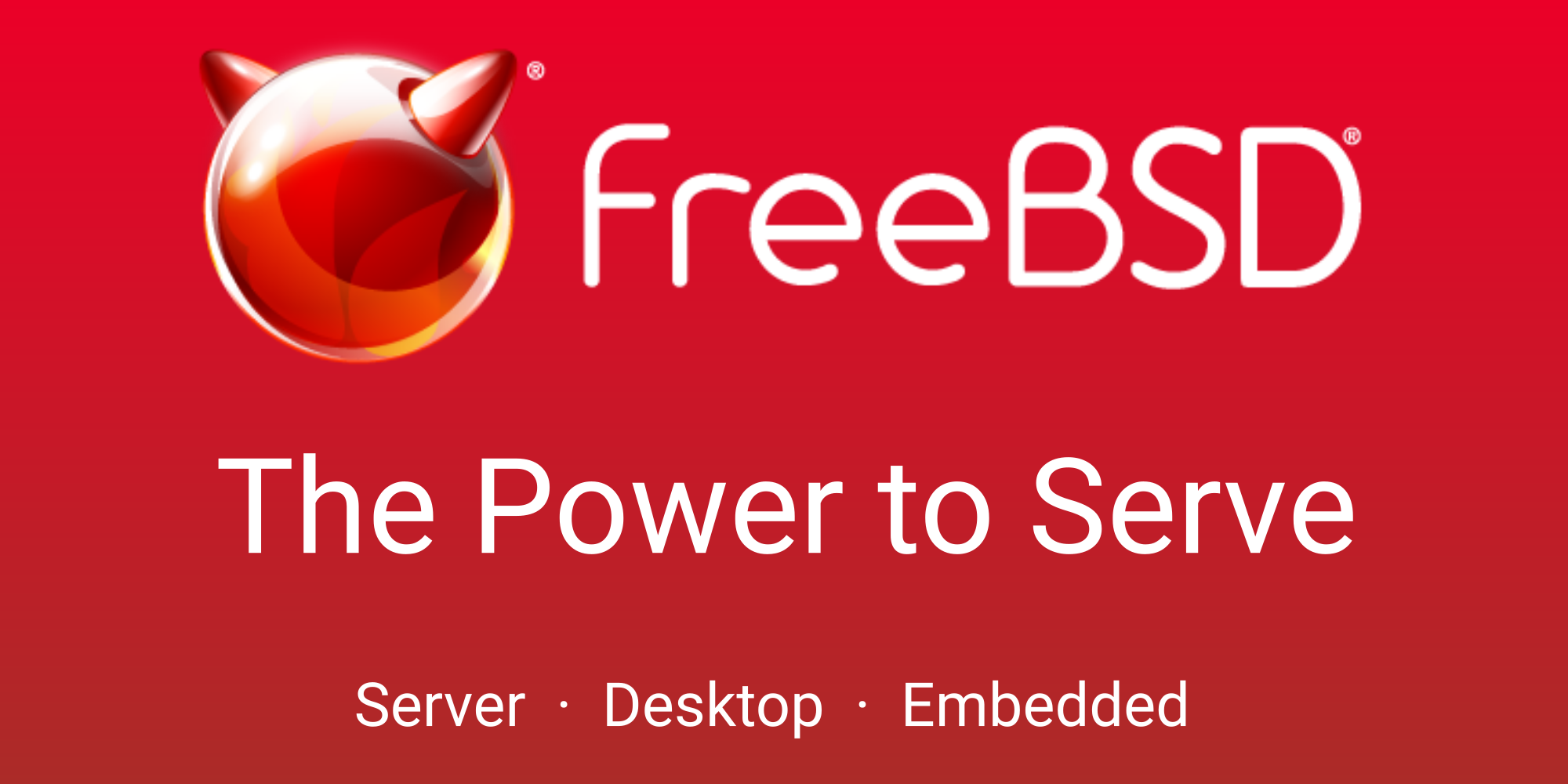As it stands I have HP g2 laptop, I've already had this OS installed on it on second hdd letting it take the entire disk.
Now I want to incorporate Linux and make everything efi as this IOS burned to a usb stick turns out it is EFI. Testing stage I am in. I have a 500GB sdd, I partition it out, efi 200MB / 150GB 1GB swap leaving the rest for whatever. I install FreeBSD, and it does not install the efi boot grub file. If I let FreeBSD think it is the only OS in the world worth installing on a system and pick use the entire disk it installs the grub efi file and works.
On a fresh install, why does it have an option for partitioning out a drive then fails to have a compete system that will boot when it has completed its install of a fresh OS?
How do I get this to install the needed files to cause it to boot after install when manually creating partitions, so I can use the rest of the space for a Linux OS or storage space?
what I'd like to have when done is have this v12 installed, two Linux distros installed all on my 240ish GB PCIe card I got on here, which is indecated by the secondary drive, and the primary as a storage drive. as this is efi it should not be this hard even.
Thanks
Now I want to incorporate Linux and make everything efi as this IOS burned to a usb stick turns out it is EFI. Testing stage I am in. I have a 500GB sdd, I partition it out, efi 200MB / 150GB 1GB swap leaving the rest for whatever. I install FreeBSD, and it does not install the efi boot grub file. If I let FreeBSD think it is the only OS in the world worth installing on a system and pick use the entire disk it installs the grub efi file and works.
On a fresh install, why does it have an option for partitioning out a drive then fails to have a compete system that will boot when it has completed its install of a fresh OS?
How do I get this to install the needed files to cause it to boot after install when manually creating partitions, so I can use the rest of the space for a Linux OS or storage space?
what I'd like to have when done is have this v12 installed, two Linux distros installed all on my 240ish GB PCIe card I got on here, which is indecated by the secondary drive, and the primary as a storage drive. as this is efi it should not be this hard even.
Thanks

